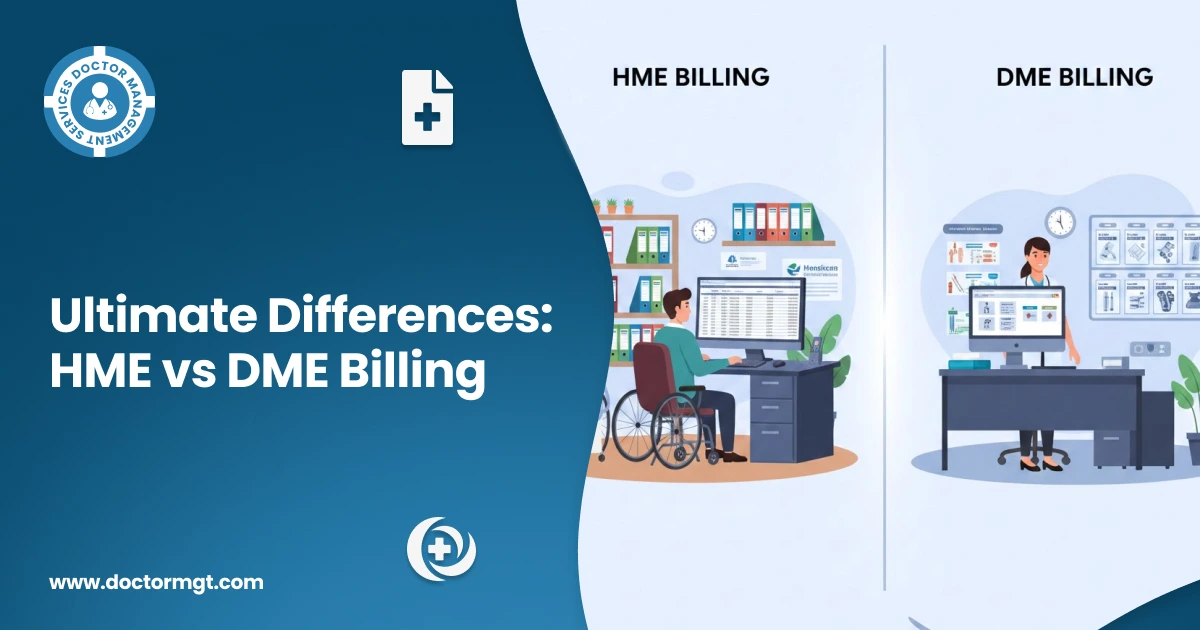Lumbago, also known as lower back pain, is not an issue of over-the-hill anymore; the long-hour sitting jobs migrate to the even younger generation. Doctors have vowed to deal with this problem and also work relentlessly towards identifying the root of the problem in a bid to find the best solution.
It has always been difficult, especially for a healthcare professional, to correctly diagnose and manage lower back pain. In the recent past, there have been significant shifts in the classification of back pain in the ICD-10 code.
This shift helps healthcare providers and patients gain a clearer understanding of the potential source of back pain and how to properly diagnose and control the condition.
Now, let’s break down what this means for you.
Synonyms for Low Back Pain (ICD-10 M54.50)
Here’s a quick refresher on the different types of lower back pain your patients might experience:
- Acute low back pain: Sudden onset, often caused by a strain or injury.
- Chronic low back pain: Pain lasting for more than 3 months.
- Intractable low back pain: Severe pain that doesn’t respond well to treatment.
- Loin pain: Pain in the lower back on either side of the spine.
- Low back pain in pregnancy: A common occurrence due to hormonal changes and weight gain.
- Mechanical low back pain: Pain originating from muscles, ligaments, or discs.
- Myofascial pain syndrome: Pain and tenderness in trigger points within muscles.
- Sacral back pain: Pain in the lower spine near the buttocks.
- Tenderness of the lumbar spine: Localized pain or discomfort in the lower back.
M54.5: Retired or Revised?
In the latest update, the M54.5 diagnosis code became non-billable in 2023. This code covers a broader range of unspecified lower back pain, irrespective of its nature and severity. This means ICD-10 lower back pain can be utilized where the exact reason for low back pain remains unclear but significantly impacts the patient’s daily routine.
The lower back is prevalent in different age groups, and its causes may vary from patient to patient. According to CMS, the reason behind the removal of diagnosis code M54.5 is that the appropriate classification of the lower back is imperative to truly define what the patient is actually experiencing.
That’s why further bifurcation of the M54.5 diagnosis code is a must for clear interpretation for both healthcare providers and insurance companies. Hence, CMS is now encouraging more specific diagnoses and has eliminated the M54.5.
So now you may experience more descriptive ICD-10 systems and be more understandable in terms of the severity and nature of lower back pain.
Introduction of New Codes
CMS is now encouraging the use of much more specific diagnoses for lower back pain and introduced a more precise ICD 10 code for back pain. This can be especially helpful when dealing with workers compensation claims because a correct diagnosis is critical to the process.
The current code M54.5 has been classified in furthermore specific codes ICD 10 low back pain:
- S39.012: Low back strain (common injury from lifting or twisting)
- M51.2-: Lumbago due to intervertebral disc displacement (pain caused by a slipped disc)
- M54.4-: Lumbago with sciatica (pain radiating down the leg)
- M54.50: Low back pain, unspecified (for limited situations where cause remains unclear)
- M54.51: Vertebrogenic low back pain (pain originating from the spine)
- M54.59: Other low back pain (for less common causes)
- S37.401A: Unspecified trauma to intervertebral disc (initial encounter)
- S37.401D: Unspecified trauma to intervertebral disc (subsequent encounter)
- S37.401S: Unspecified trauma to intervertebral disc (complications)
What This Means for You
The new, more specific ICD-10 codes ensure a clearer picture of lower back pain. This roughly translates to extended care to patients, insurance company relations, payment of medical bills, and workers compensation claims.
Any doctor who may need extra assistance providing medical billing services can seek the services of other companies that offer medical billing services in California. By actively adopting these new codes, it is thereby seen that a system of working collectively can help unravel the complexities of lower back pain, and thus offer better patient care.
Workers Compensation and Accurate Diagnosis
If the patients have work-related lower back pain, then, it is very important to apply the new specific ICD-10 codes. A proper diagnosis gives you the proper groundwork to pursue worker’s compensation with the view to getting the deserved compensation. It is important to note that if you require help to collect the worker’s compensation lien collections, there are companies designated to offer such services.
You may consider Doctor Management Service (DoctorMGT) as your partner in battling with dynamic medical coding. DoctorMGT goes beyond being just a coding specialist; it offers a comprehensive revenue cycle management solution for your medical practice.







